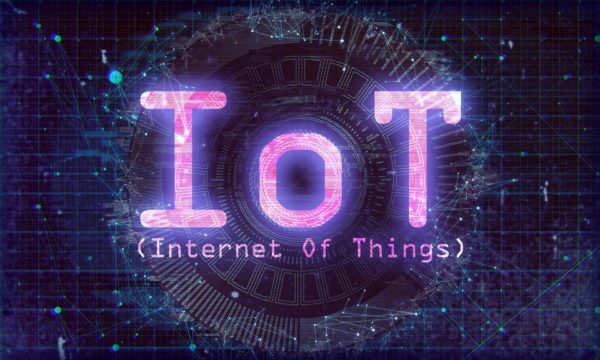Welcome to SandStorm IT’s 6-part series about the Internet of Things. In this series, we’ll shed some light on the basics of IoT.
Part 1 – What is the Internet of Things (IoT)?
Part 2 – Why do I care about IoT?
Part 3 – What are some real-world applications of IoT?
Part 4 – What are the security concerns of IoT?
Part 5 – What devices do I have that connects to IoT?
Part 6 – What is the future of IoT? (You are here)
One thing about the future of IoT devices is certain: they are not going away anytime soon. Since the IoT’s humble beginnings in the late 1980s and early 1990s, it has grown into something entirely unrecognizable from its earlier form. Cisco Systems estimates that the IoT was truly “born” in 2008-2009. This was around the time when connected IoT devices first outnumbered the global human population. Since hitting that milestone, growth in IoT devices has been steadily climbing. In fact, by the end of 2021, it is estimated that we will have around 46 billion devices connected to the internet.
How will IoT affect our quality of life?
More interesting than the number of connected devices, the types of devices being developed and connected are trending toward those that improve quality of life. For example, health monitoring sensors for the elderly are becoming more widespread as a means for healthcare professionals to keep close tabs on their patients’ vitals. Urban areas are benefiting greatly from IoT devices involved in street lighting, water supply management, and garbage pickup. One interesting focus in the realm of IoT devices is urban sensing. The Array of Things is an ongoing project in Chicago that collects real-time urban data for research purposes. Sensors across the city have been set up by the project’s leaders to monitor different aspects of the environment, from air pollution to traffic levels (source: Array of Things). This allows city officials to do things such as re-route traffic when flooding occurs and issue warnings during low-level ozone periods.
Other “smart” city infrastructure components are rapidly growing technologies in the IoT realm. Smart traffic lights and other devices can collect and analyze aggregate data in order to help reduce inefficiencies. A similar thing can be said of smart grids; the more we can identify patterns in power usage, the easier we can extend resources in periods of high usage and cut back in periods of decline. This aggregation of data is one of the most helpful provisions given by the IoT. Instead of aggregating data manually, we can now be much more efficient in our collection practices by having the devices themselves deliver the relevant data. This allows us to gather information on data much more quickly and make decisions in real-time to improve our quality of life as a whole.

